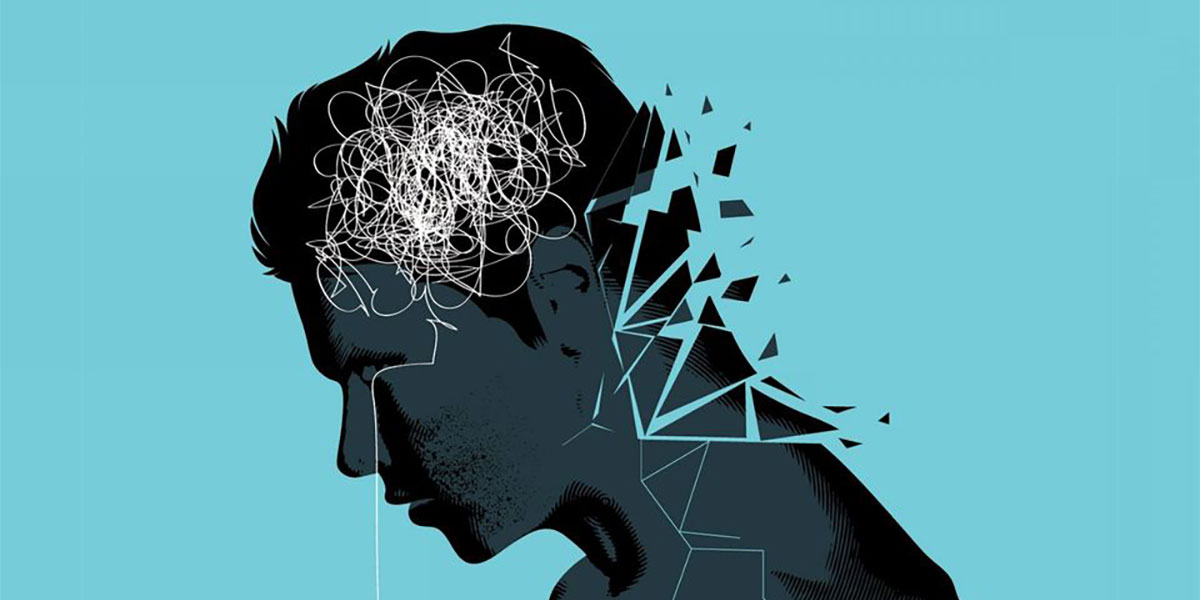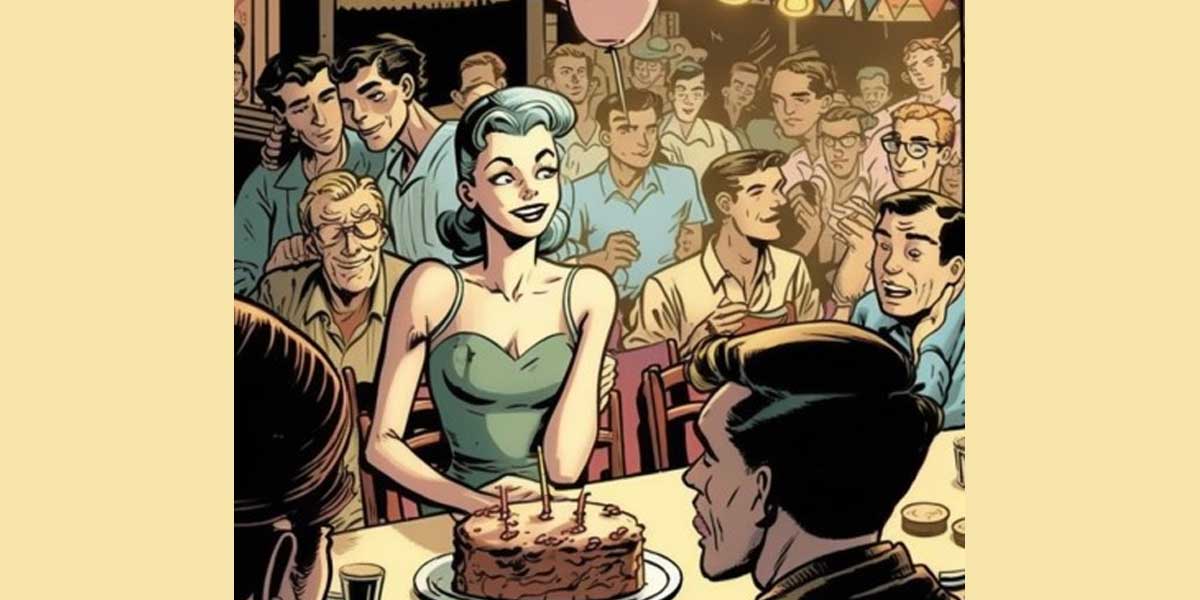
The Importance 12-Step Birthdays And Milestones
In 12-step meetings, birthday cakes represent an important milestone in an individual’s recovery journey. These cakes are typically given to individuals who have reached a

Am I An Alcoholic?
A social drinker is someone who consumes alcohol occasionally and in moderation, usually in social settings or as part of a celebration. They are able
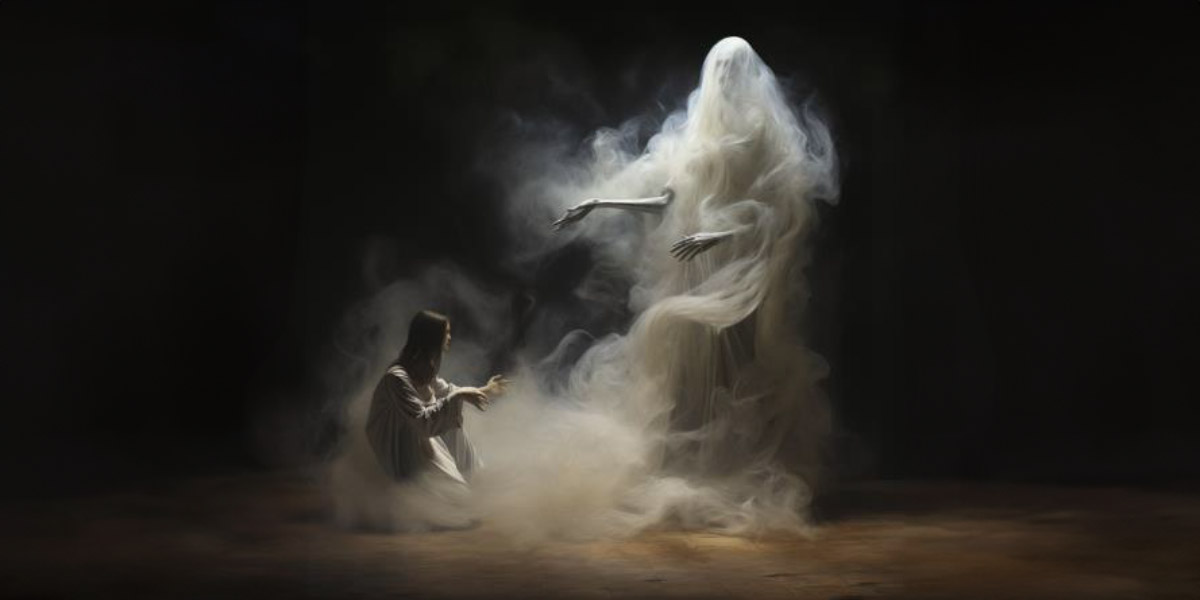
What Is Fentanyl and Why is it so Dangerous?
Fentanyl is a potent synthetic opioid medication that is primarily used to manage severe pain, especially in cases where other pain medications are ineffective. It
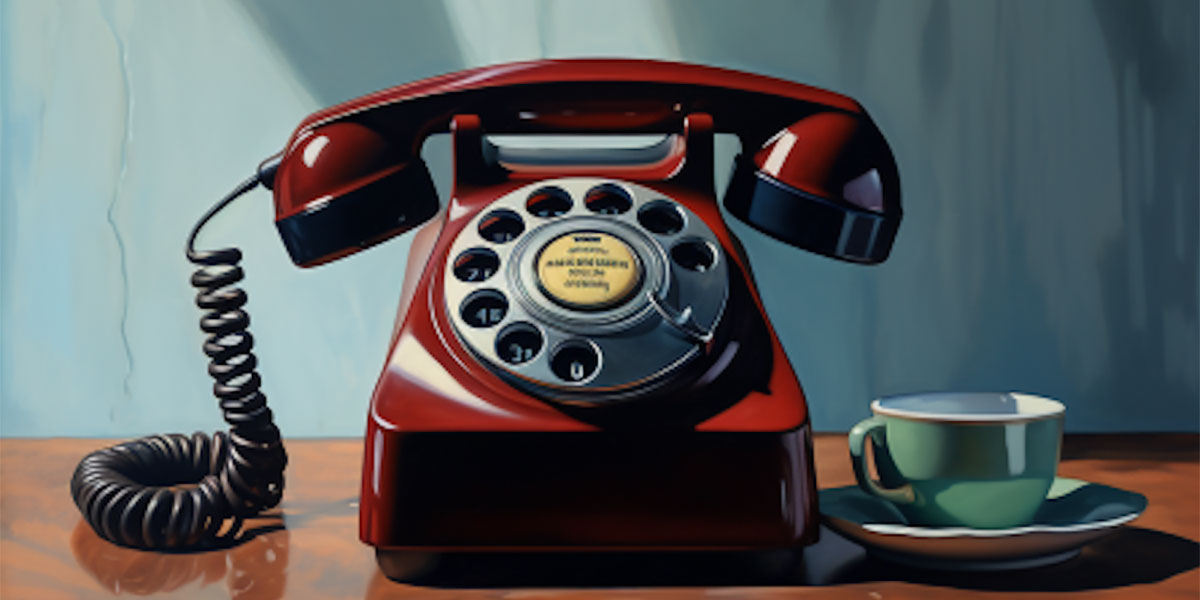
Aftercare and Accountability
An aftercare plan is a crucial aspect of addiction recovery as it provides ongoing support and guidance to individuals after they have completed a treatment

Cognitive Behavioral Therapy
Cognitive-behavioral therapy (CBT) is a type of psychotherapy that aims to help individuals change negative or dysfunctional thought patterns and behaviors that contribute to mental
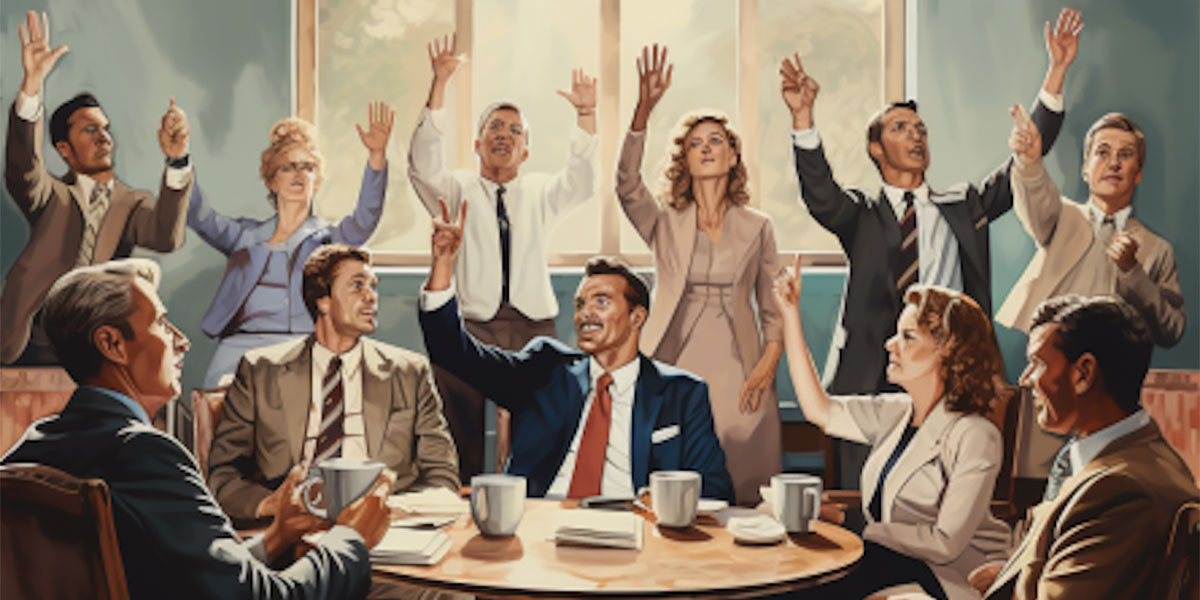
Identifying As An Alcoholic
In Alcoholics Anonymous (AA), identifying as an alcoholic is a crucial part of the recovery process. It serves as a way for individuals to acknowledge

Yoga and Addiction Recovery
Yoga can be a helpful tool in the recovery process for people struggling with addiction. Here are some ways that yoga can support recovery: Reduces
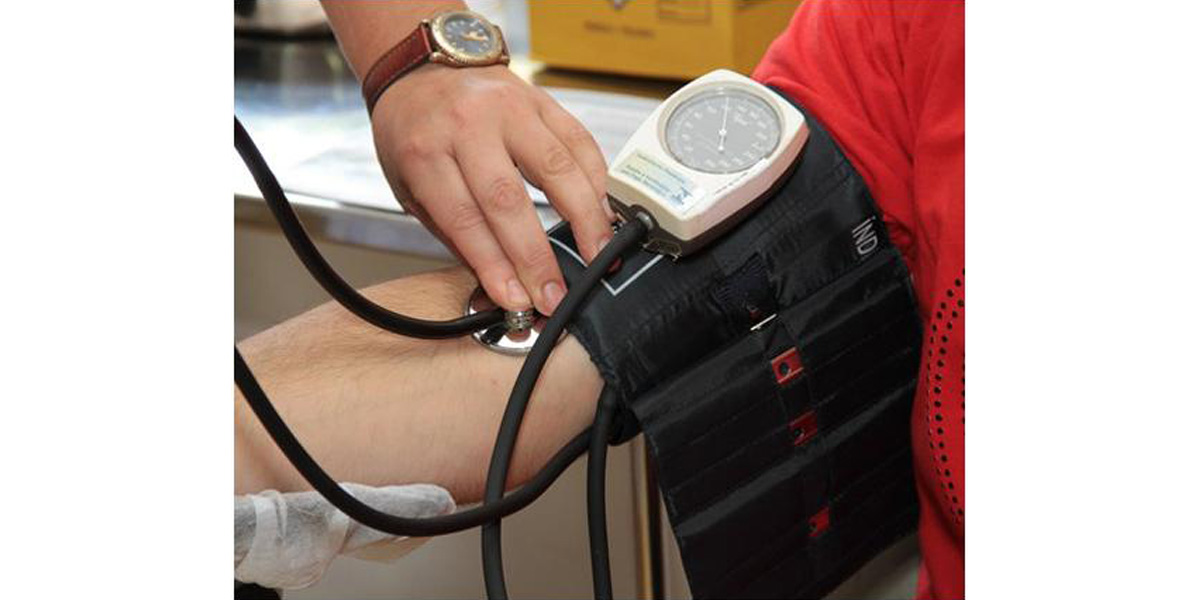
Medical Attention and Medication Assisted Treatment
Physicians can play a crucial role in supporting the addiction recovery process in several ways: Medical Assessment: A physician can perform a comprehensive medical assessment

Importance of Family in Recovery and Family Systems
Family involvement can play a crucial role in the recovery process from addiction. Addiction is often described as a “family disease” because it affects not

Emotional Support Animals
Emotional support animals (ESAs) are animals that provide emotional support to individuals with mental health or emotional disabilities. These animals can be any type of

Music Therapy
Music therapy can be a valuable component of addiction recovery for many individuals. Music has the power to affect us emotionally and physically, and can
